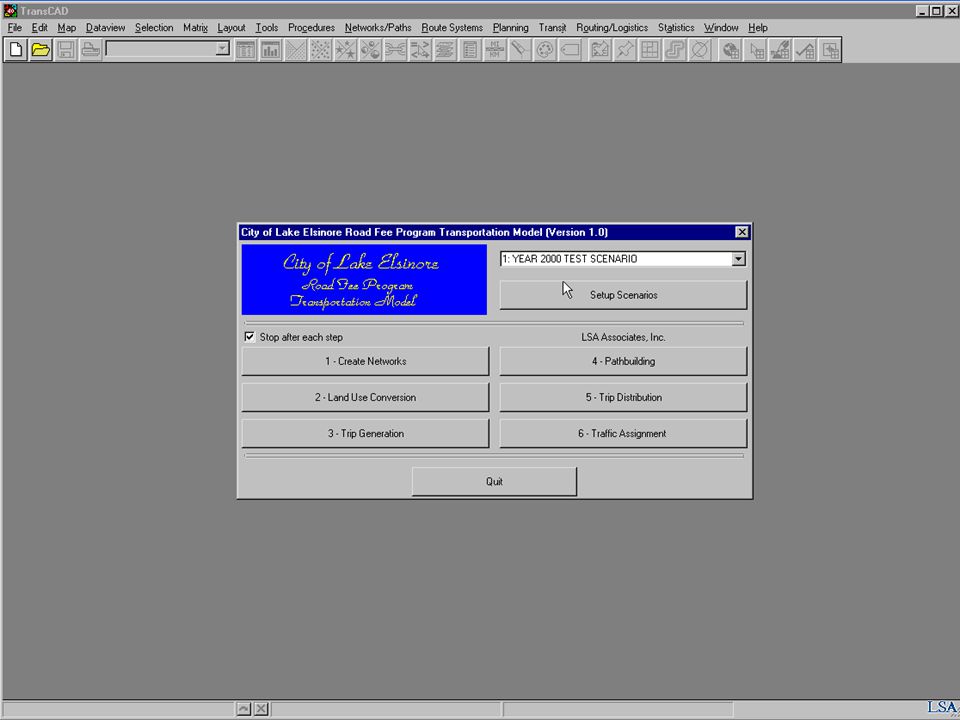

Thus, it is not surprising that DTA formulations lead to complicated solutions that require a substantial amount of computation time when applied to large networks.

Also, significantly more input data are required because DTA models require time-dependent travel demand, rather than the aggregate figures that suffice for static assignment. While recognizing the dynamic features of traffic is more realistic, it introduces issues that are irrelevant in static assignment, such as ensuring first-in-first-out queuing disciplines. Peeta and Ziliaskopoulos (2001) provide a comprehensive survey of DTA approaches and difficulties. Simulation is sometimes used to incorporate more realistic flow in traffic models while maintaining tractability.

A variety of formulations exists, with significant differences in how traffic flow is modeled, or in how the mathematical program is described. A feature common to all DTA approaches is the ability to model traffic flow changes over time. Dynamic traffic assignment (DTA) models have attracted attention for their ability to account for time-varying properties of traffic flow. Techniques for predicting the impact of such policies have improved in recent years.
Transcad programming drivers#
A Comparison of Static and Dynamic Traffic Assignment Under Tolls in the Dallas–Fort Worth RegionĪs the number of drivers in urban areas increases, the search continues for policies to counteract congestion and for models to reliably predict the impacts of these policies.


 0 kommentar(er)
0 kommentar(er)
